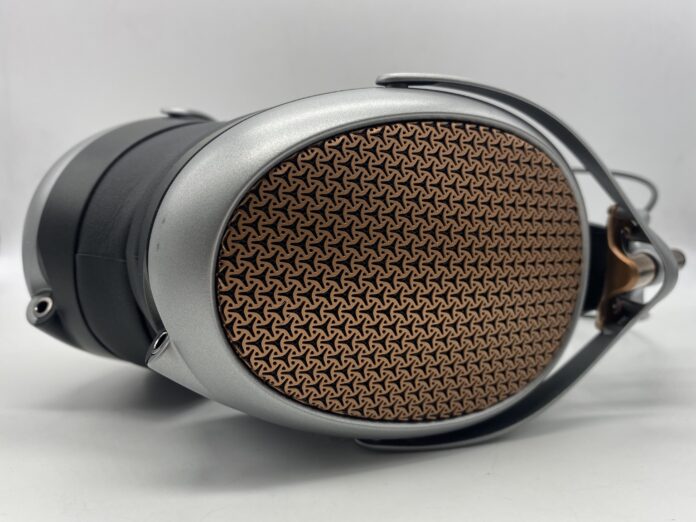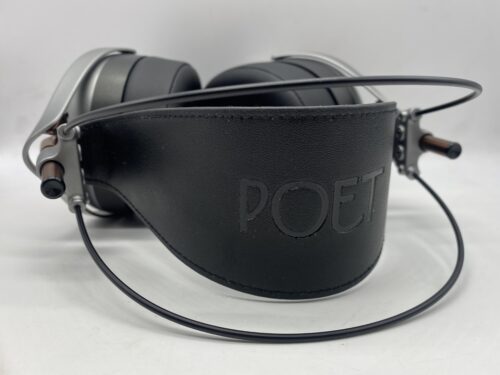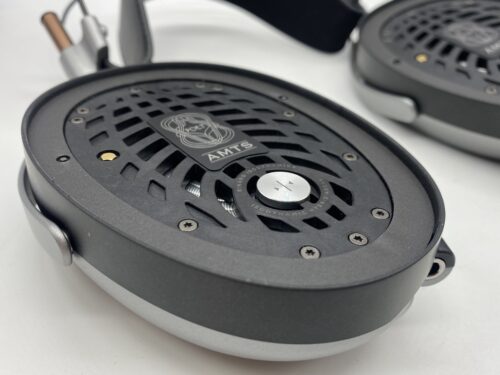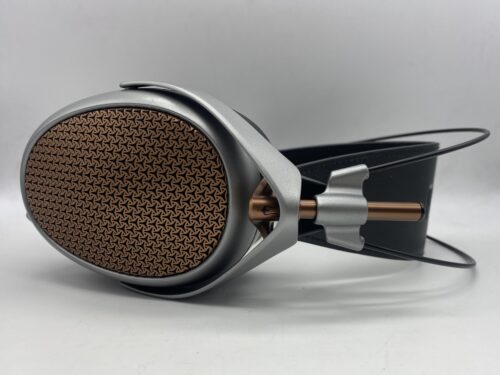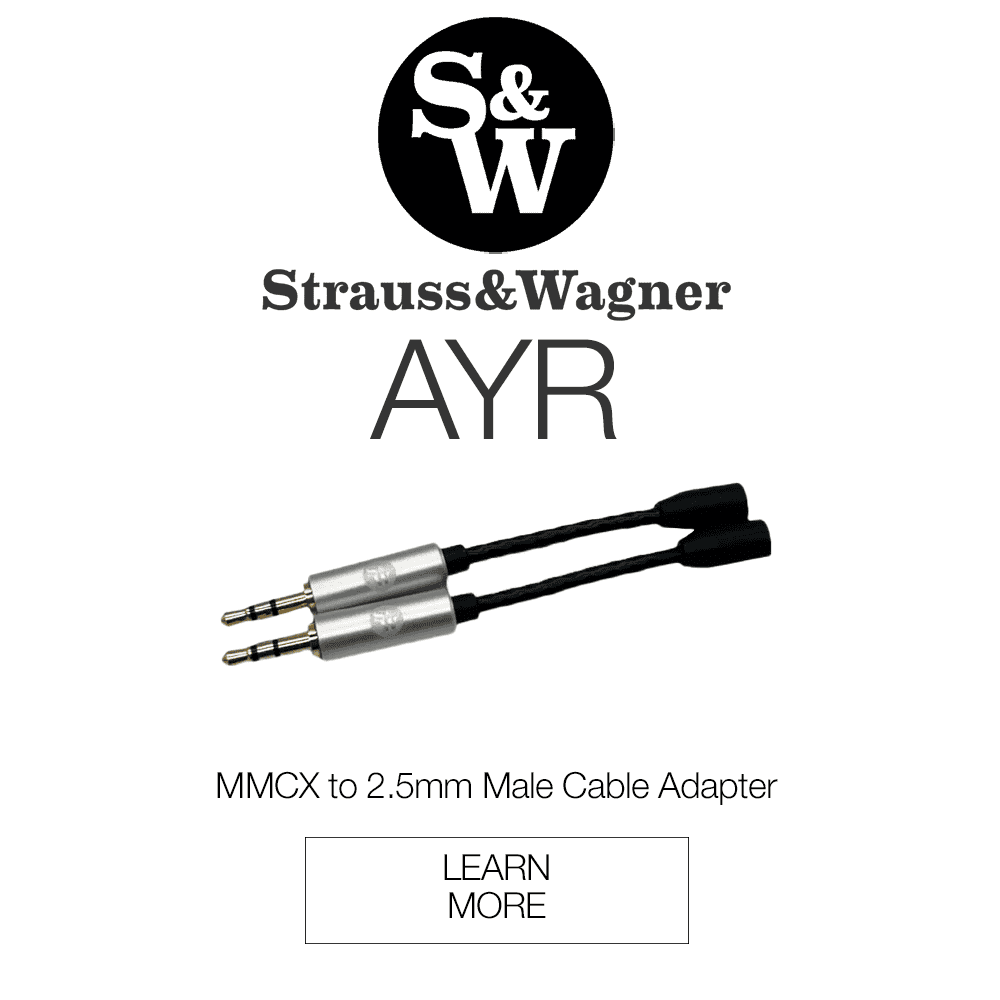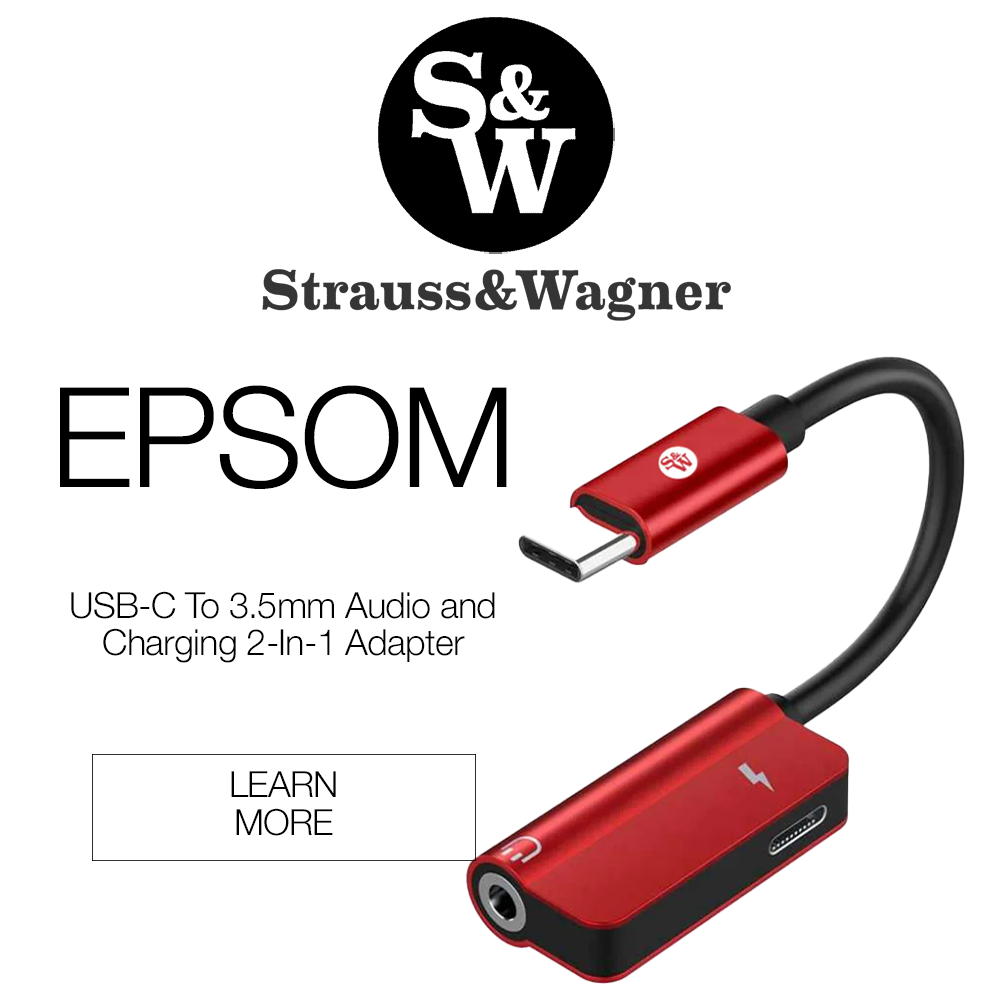Meze Audio’s new Poet headphones ask a simple question, what if the Liric was open-back? It’s an inspiring thought, and with the Poet, Meze has made that a reality. It also gives Meze a new open-back option for those who can’t quite pull the trigger on the Empyrean or Elite yet. Having an open-back version of an acclaimed closed-back headphones seems like a no-brainer. Is the Poet an automatic slam dunk, or does it falter?
What You Get
- Poet Isodynamic headphones
- PC-ABS hard case
- Furukawa PCUHD copper cable
- PU Leather cable pouch
Look & Feel
Most of Meze’s headphones are works of art. They’ll always look striking next to many other sets of headphones. It’s not all about looks though, it’s the quality of the materials used, and the Poet is sure to supply that. Its steel grille, which is reminiscent of the Empyrean, is expertly crafted with precise patterns, and its magnesium chassis adds even more durability. Structurally, this is close to the design of the Liric with a new suspension headband.
If you enjoyed the comfort quality of the Liric, then you’ll have no issue wearing the Poet since they use the same-sized earcups and similar pads. I even took a pair of Liric earpads and attached them to the Poet to see if they would fit, and they did. I enjoyed the Poet’s secure grasp while sitting on my head, even though I think I would have preferred they used the Liric’s headband.
Design
Meze continues its partnership with Rinaro Isodynamics for the Poet’s Planar magnetic driver. You can expect the Poet to feature the MZ6 hybrid magnet array and Parus diaphragm that Meze has been using in their recent high-end headphones like the Liric II and Empyrean II. The Poet also utilizes their Acoustic Metamaterial Tuning System(AMTS), which helps to attenuate high-frequency elements that might be fatiguing. Not much has changed about Meze’s driver technology for the Poet, but it’s already very advanced. The notoriety of the Poet seems to be giving an open-back principle to the Liric, which is already an exciting prospect. If you’re using a base-level DAC/Amp combo, you should be able to drive these headphones easily.
Soundstage
An open-back version of the Liric should inspire some excitement about what the soundstage could sound like. The soundstage and imaging are already some of the best you can hear over closed-back headphones, so the Poet must open it up substantially. Suffice it to say I was surprised by what I heard. It was not the kind of response I was expecting from the Poet, and part of enjoying the sound was trying to engage with what the headphones were actually doing.
Everything from the width and spaciousness of the Poet makes it appear more like a closed-back headphone, albeit a great one like the Liric is. What the Poet adds is more of a holographic sound field that propels the imaging. It never completely feels like the headspace occupies the open air, but the soundstage has an excellent dimension to it that easily absorbs you. Sound separation makes everything highly intelligible in the mix, even if the empty space between the right and left channels could be greater.
Low End
While the Poet has a strong bass response that has a thick tone, the frequencies aren’t the most resolving. The bass has a broad resonance that fills up the low end without much solidity or organization. This makes the Poet lack shape, but the impact is still there. You can expect some solid punch here, with vibrating details that crawl underneath you. It’s still more of a surface bass than a deep one though, as the sub-bass frequencies rarely take a defined form. What’s left is a bass that respectfully lifts and rumbles, but lacks edge.
Mids
There’s a lot going on in the midrange, and most of it is great. The Poet has a warm, low mids focused timbre that has a ton of character. It offers a smooth, laid-back response that shows a huge advantage with acoustic instruments. This is where the texture of the mids is the most resolving and colorful. The Poet sustains this quality in the upper-mids as well, where the frequencies are at their most transparent and vivid.
While the Poet features a lot of variety and dynamism in its midrange, I do find that that Poet has a minor setback. When it comes to individualized notes and their attack, the transient response is a bit too lenient. I found that the Poet had a less-than-favorable response to more aggressive genres, sounding too soft or dry. With other genres like ambient, classical, and folk, the Poet shows off its highlights more effectively.
Highs
The highs have a similar response to the mids, but the frequencies are very forgiving while also showcasing good detail. I wish the treble would have extended a bit further for a more defined crisp, but as they are the highs have a satisfying click to them. You won’t hear anything resembling harshness, but the Poet is missing some sizzle to it in my opinion.
Summary
The Meze Poet offers a compelling mix of artistic design, advanced technology, and quality sound that is hard to beat. It took me a few hours of listening to come around of them, but once they broke in, the Poet became an enticing listen with rich details. While they may have a few shortcomings in firmness and transient response to more intense music styles, their overall performance reaffirms Meze’s dedication to crafting exceptional audio equipment. Whether for enjoying everyday playlists or exploring complex sonic landscapes, the Poet promises an enriching journey for all who wear them.

The Meze Poet is available at Audio46.
Compare the ranking of various headphones, earbuds and in-ear monitors using our tools.
Discuss this, and much more, over on our forum.
---MAJORHIFI may receive commissions from retail offers.


